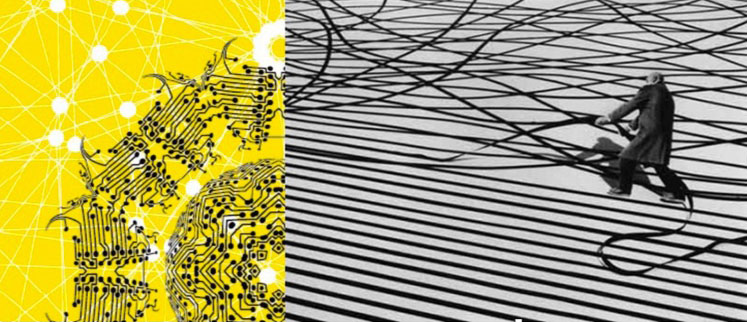
Report of the Observatory on Autism of the Eurofederation of Psychoanalysis
Report of the Observatory on Autism of the Eurofederation of Psychoanalysis
I am going to point out some news and novelties that we have taken note during these first months of activity of the Autism Observatory, including those provided by the four Eurofederation Schools.
At the UN
With the slogan “For a neuro-inclusive world for all” the UN celebrated this year on April 2, World Autism Awareness Day.
On its website, it points to the considerable progress that has been made in recent years in awareness and acceptance of autism, thanks to the contribution of the many defenders of people with autism, and celebrates the fact that health professionals, researchers and academics from many countries have incorporated the paradigm of neurodiversity into their work.
In the review of the celebration, the text states that this year World Autism Awareness Day was dedicated to “highlighting the contributions that people with autism make to the world, at home, at work, in the arts and in policy making”.
It also points out that “the idea of healing people with autism” has been replaced by work focused on “their acceptance, support, inclusion and defense of their rights”, which has meant a great change for all people with autism and people in general.
It is very striking, in the text of this world organization, the coexistence of a desire for normalization of the lives of people with autism, with that term in the slogan of Autism´s Day : neuroinclusion. It represents something that goes beyond medicalization, and that it is a forcing, I dare say a submission of the conception of human activity to what is introduced by the coupling of the prefix neuro to the term inclusion The neuro is “the form that the cipher takes when it seizes the psychic”[1].
The changes that affect people with autism also affect, according to this UN text, people in general, and perhaps this could lead to a reflection on the effects on subjectivity, of people with autism, but also of the world in general. A reflection on the promotion of the neurodiversity paradigm, as a unique and absolute discourse on, precisely, the diversity of subjective conditions that are included in the name autism.
In the WHO
In 2014, the 67th World Health Assembly adopted the resolution entitled Comprehensive and coordinated measures to manage autism spectrum disorders[2] urging the World Health Organization (WHO) to collaborate with Member States and agencies partners in strengthening their capacities to approach autism spectrum disorders and other developmental disorders.
On March 29, the WHO published a brief document with the title Autism[3], which summarizes its position and which is part of the responses it has been giving over the years in relation to this issue.
The document refers to the conception of Autism as such, to Epidemiology, Causes, Evaluation, care and Human Rights.
It argues that autism spectrum disorders (ASD) are a group of diverse conditions related to the development of the brain, placing autism along with other developmental disabilities. And it points out that there is scientific evidence on the existence of multiple factors, including genetic and environmental ones, that influence the probability that a child may be autistic. And it points out that there is scientific evidence on the existence of multiple factors, including genetic and environmental ones, that influence the probability that a child may be autistic.
It underlines the demands that this disorder imposes on families, pointing out the importance of support from public administrations.
It finds that people with autism often have comorbid conditions, such as epilepsy, depression, anxiety, and ADHD, and problem behaviors, such as trouble sleeping and self-harm. Verify that this happens, nothing else.
It estimates that, worldwide, 1/100 children has autism, noting that some reliable studies have reported higher data.
Once autism has been diagnosed, it indicates, it is important that the child and his family be offered information, relevant services, specialists and practical aids according to their needs and preferences. We rescue here this reference to preferences when addressing the services and specialists with whom they want to be attended. However, it insists that the evidence-based early psychosocial interventions, are those that can deliver results. Also the collaboration between the health sector and other sectors, such as those related to education, employment and social assistance.
It recommends including monitoring of child development in health care programs for mothers and children, and contemplating integrated and accessible health services to attend to the complex health problems that people with autism may present. Also the collaboration between the health sector and other sectors, such as those related to education, employment and social assistance.
It emphasizes guaranteeing the right to enjoy the highest attainable level of physical and mental health, non-discrimination and equal opportunities.
In relation to the indications of the 67th World Health Assembly in 2014, he points out that the WHO and its partners have focused their efforts, among other actions, on guiding countries on policies and action plans that address autism within the framework general health, mental and brain health and disabilities; build the capacity of health personnel and promote optimal standards for their health and well-being; and in fostering supportive and inclusive environments for people with autism and other developmental disabilities. Also in support measures for their caregivers.
The document also refers to the Comprehensive Mental Health Action Plan 2013-2030[4], which continues the previous 2013-2020 Plan, which calls on countries to address deficiencies in early detection, care, treatment and rehabilitation for mental disorders, psychosocial disabilities, and neurodevelopmental disorders, including autism.
And, in the same way, it considers autism included among the mental and neurodevelopmental disorders referred to Resolution WHA73.10 of the World Health Assembly on “Global actions on epilepsy and other neurological disorders[5]“, urging countries to address the social, economic, educational, and inclusion needs of people with these disorders and their families, and to improve surveillance and relevant research.
In summary: Developmental disorder of the brain, genetic and environmental factors, disability. Nothing about subjectivity and the habitat of parlêtre.
Autism located between disability and the brain, and a concern centered on :
1) the provision of services to affected people and their families, according to a model that prioritizes the approach from the community sphere, in health services and in specific services that ensure methods and practices based on evidence;
2) non-discrimination and equal opportunities as a vulnerable and at-risk population;
3) guarantee their rights and their full inclusion in social life.
However, a nuance, when the document refers to the interventions, the epithet “scientific” that accompanied soldered to evidence, has fallen. It is true that it is maintained when it talks about the evidence in relation to the cause, but precisely in this field, science has to move with special prudence regarding the evidence. Is it a small victory?
About autism in the ECF. Éric Zuliani
CERA: Study and Research
The Center for Study and Research on Autism has been operating for six years. It was in 2017, at the initiative of Jacques-Alain Miller, that the School of the Freudian Cause created the CERA, immediately placed under a strong emphasis: There is no doctrine of autism, no doxa already there, but there are, on the trail of the Lacan’s teaching, studies and research by its learners, particularly the Leforts. CERA has resumed studies and research on autism with renewed vigor, from a clinical, but also political approach. The clinical approach requires the case by case, registering without reservation the autistic subject in the field of language, and dealing with speech. The CERA is also a perfectly Lacanian political response to the attacks of the practice of psychoanalysis with autistic people. CERA is a place where, based on the work of autistic people, their parents and psychoanalysts, new paths can be traced to think about reception and support, but also access to schooling, to social life, under the new emphasis of inclusion, in particular. Its effectiveness – its regular teachings, its Conference every two years, its publications – has managed to free autism from the disputes of specialists and experts whose goals of domination, which constitute their discourse, can be summed up as: giving lessons, with their correlate “learning for all”. It is moreover on the question of methods that the CERA first positioned itself.
The last two academic years have seen the post-Covid relaunch of CERA learning mornings. Twice seven 3-hour morning sessions, that is, 14 mornings, rich in perspectives, research and teaching, according to a model that welcomes psychoanalysts, clinicians, practitioners both in institutions and in clinics, and parents of autistic children. These mornings are followed, in a mixed formula, by an average of 200 people, who are not limited to the French public, nor to those who usually attend ECF/ACF activities. Many practitioners and workers testify to the clinical orientations they derive from these mornings of learning – where there are hardly any left. The dialogue is always based on the testimony of the autistic person and the exchange with the parents, without being a priori doctrinal – although guided by the teaching of Lacan. In this respect, CERA has been able to benefit from the pre/postface of J.-A. Miller in the latest book by J.-C. Maleval, La différence autistic, which has allowed a renewed perspective in the study and research on autism, in which Eric Laurent participated significantly. In March 2022, the second “national” workshop of CERA was held, under the title “Clinic and Policy of Autism “. More than 600 people attended it. It was an event with a high level of exchanges. In a particularly notable sequence we saw a broad discussion, based on testimonials from parents, around the question of inclusion with regard to the real of autism.
Publications
These last two years have also been characterized, from a political point of view, by the production, with the support of the ECF and CERA, of a brochure written and coordinated by Jean-Claude Maleval, with Patrick Landman and François Leguil : «Psychoanalytic position against dogmatism applied to autism». This brochure was a strong response to the umpteenth partisan political campaign against the psychoanalytic orientation in the field of autism. It collected numerous signatures from eminent autism specialists. It was distributed to each parliamentarian. It has also been the subject of various meetings in France and Belgium and has been translated into Spanish by Ivan Ruiz Acero – producing other booklets, such as the “Freudian Psychologists”: «Psychologists, the time of choice», a critical and argued analysis of the report of the Academy of Medicine of January 18, 2022.
Perspectives and Vigilance
Several meetings within the CERA give a place to people from our field but also outside our field: Patrick Landman from STOP DSM, Bernard Golse, an important figure in French child psychiatry and Mireille Battut de La main à l’Oreille.
In July 2023, a colloquium on autism, Autism(s): inclusion, between normativity and diversity, will be held in Cerisy, organized by Patrick Landman and Mireille Battut. Members of the School and the ACF will participate in it.
There has not been any other political “event” that has required action in which CERA would have partnered or had to take the lead with or without the School depending on the context.
However, it should be noted that a new autism plan is planned in France. CERA will need to remain vigilant, in collaboration with the ECF Council, based on the orientation of this new plan.
We also take note of the publication of a summary note of the report of the High Council for the Family, Children and the Elderly (HCFEA) attached to the 1er Minister and adopted last March: “When children are ill”. This report warns about the general increase in the prescription of psychotropic medications to children. This report has drawn our full attention because it is favorable to psychoanalysis.
Senate report. Sylvie Berkane Goumet.
A late-breaking tip was sent in by Sylvie Berkane. This is the publication of a report from the Senate Social Affairs Committee on the treatment of neurodevelopmental disorders (NDD), dated May 31, which makes specific reference to autism[6].
The report refers to the Government’s purpose of implementing a new stage of the national strategy for autism, considered within the framework of neurodevelopmental disorders (NDD).
À l’ELP. Montserrat Puig.
In ELP, a work team has been set up in relation to the function of the Observatory with the participation of members and partners from its different branch offices. The objective is to get news of what is happening in relation to autism at the national level, and to be able to transmit information and documentation to the Leadership and the administrative Council that can be used for their elaboration of the ELP’s policy. The reading that is made of autism from the so-called neurosciences, and that is imposed as the only one that deserves to be taken into account, is raised as one of the axes to think about the current policy of psychoanalysis in our School.
Numerous members of the ELP and partners of its branches carry out their work in institutions for children, youth and adults with autism, many also work in public mental health services or care for subjects with autism or psychosis in their cabinets. The participation of these colleagues in the institutional framework of our country is important.
Two issues to point out about this: on the one hand, there is a generational changeover of those colleagues who, due to their age, leave the institutions where they have developed a long professional career. A matter worth addressing.
On the other hand, at the level of national policies, everything related to autism has been incorporated into the field of disability, including special education. Not to neglect also the tendency to incorporate mental health into the field of health in general, with a greater presence of primary health care services over specific mental health ones; this has direct consequences on the professional profiles that deal with mental suffering and on the intervention measures and treatments that are proposed.
In August 2022, the Ministry of Social Affairs of the Government of Spain, through RD 670/2022, awarded the Autism Spain Confederation the creation of a specialized center on autism, called to be a national reference for training and research. The same RD also awards the creation of a “Spanish center of cognitive accessibility” to the Platform Plena Inclusión. Both entities are two large platforms in the disability sector.
It was not good news for us because many of the plot lines that support this RD, directly imply important obstacles for psychoanalysis. I list a few:
– The reduction of the diversity and complexity of the conditions and situations of the subjects included in the class “autism spectrum”, to the condition of disability. The point of view of the clinic and the subject, are erased.
– The uncritical and self-interested position before the absolutely incredible growth in the numbers that they handle on the diagnosis of “autism spectrum”: “from 1/ 5,000 births in 1975, to 1/ 100 today (Autism Europe, 2012)”.
– References to the “scientific” foundations of the project, in phrases such as: “a center that would act as a nucleus for the dissemination of the best scientific evidence” or “make scientific knowledge the basis on which effective public policies are promoted, based on rational and analytical evidence and not on intuition or stereotypes”. We know what is hidden behind these statements that have been the alibi to attack and exclude psychoanalysis, for many years now.
This Pilot Center on Autism Spectrum Disorder was launched in March of this year under the name of the Spanish Center on Autism, it is presented as “The first center in Spain dedicated to training, research and dissemination on autism” and defines autism as “a neurobiological condition… a series of conditions that affect neurodevelopment”.
Finally, on May 8, Law 11/2023, was officially published, which represents the definitive step for the permanence and stability of this Center, which has also been constituted as an advisor to the Royal Patronage of Disability and who has been in charge of coordinating the drafting of the Action Plan of the Spanish Strategy on Autism Spectrum Disorders.
For us, it is not a question of competing with this or other entities for national concessions or subsidies, but of being vigilant in the development of this project, or of other similar ones that may arise. We are interested in taking into account the existence and presence in daily work with autistic people of different methodologies and approaches, including those oriented by psychoanalysis, which are carried out in our country and in Europe. The greatest risk is that this center serves as a center of operations against analytical discourse.
(Drafting Jesús Sebastian)
In SLP. Laura Storti
Laura Storti, president of the SLP, reports on two institutions in Italy that have managed, as the reports sent by the colleagues who are in charge of them show, to place Lacanian psychoanalysis in a very good place and with great clarity in their institutional practice. In both institutions an effort is also made to maintain their position against the obstacles that are presented to them: in one of them through an action directed at public opinion, the media, politicians and public administrations; and in the other through the investigation and publication of the effects obtained from their working method based on the pratique à plusieurs.
Manuele Cicuti. SLP-cf participant. Antenna 00100 – Nazzano, province of Rome
Since 2018 I have created a residential institution for adolescents and young adults with autism or with severe psychosis, currently hosting 18 users in residential mode and other children who come in day mode. Together with Gregorio di Ciaccia, for the management of this institution, we opened a Foundation that we called ‘Quarto Nodo’. Before the Foundation I had already opened the social cooperative ‘Il desiderio di Barbiana’, which is still operating today.
We have a work team of around 40 operators (educators, psychologists, students of the Freudian Institute or participants in the SLP, therapists, musicians, social operators), whom we try to orient every week from the Lacan’s clinic and the pratique à plusieurs invented by Antonio Di Ciaccia. How to make the institution conform to the demands of the structure of the unconscious? How to make the institution conform to the demands of the structure of the unconscious? How to make Lacan’s clinic operational in institutional work? Every day we try to answer these questions and we have the opportunity to learn something about the functioning of the unconscious thanks to the kids we work with. Antonio Di Ciaccia is our point of reference for the clinic in the institution.
In the next semester we will open as the ‘Quarto nodo’ Foundation, a new residential structure dedicated to children and adolescents (developmental age), which will host another 18 users.
From the clinic to the social, and return.
In addition to Antenna 00100, we have opened some social and labor inclusion projects for the young guests of our residential structure and for other autistic young people who live in the territory. It is a restaurant (“Farfood”), a farm and a craft beer factory (“Labbarrato”). With the management of these work activities we want to find ways to support autistic or psychotic young people in their insertion into the social and work environment, find “ateliers” that adapt to the demands of a “young adult”, that turn them into not “assisted” but in people capable of inventing a personal solution, their own, to insert themselves into the social bond.
Policy and evaluation
It is well known that in Italy, as in other countries, there are “Guide Lines” (specifically the Guide Line 21 of the Higher Institute of Health) that guide professionals on autism treatments considered “valid” or “effective”, according to the evidence-based medicine model. Approaches with a psychoanalytic orientation, in Italy, are not mentioned among the approaches considered valid, to be precise, they are not really mentioned (as if they didn’t exist).
We know that our clinical orientation leads us to work “case by case”, in detail, looking for the singular solution, aspects that do not match well with evaluations of a scientific and quantitative mold, based on means and standard deviations. However, the problem arises of ensuring that our methods of taking care and treatment exist in the Guidelines, at the same level as the others mentioned, given that the institutional work that we develop produces ” evident” effects in the lives of the subjects who are entrusted to us and their families. For some years we have been wondering how to carry out studies and publications that reflect the work that is done in the institutions and therefore allow the pratique à plusieurs to be recognized by national and international guidelines.
As Antenna 00100 we have carried out a pilot study, a longitudinal research (18 months) with a sample of 18 users, to show the effects on the “Quality of Life” of an autism treatment based on Lacanian psychoanalysis, specifically the pratique à plusieurs. We have used evaluation scales (research instruments) that are not “symptomatic”, that is, they do not investigate the “problematic” aspects of autism (scales that would have been of a cognitivist mold), but we have used scales that refer to the increase in Quality of Life, that is, the overall well-being of the individual. It seemed to us that this could better reflect our work, which does not focus on the symptom, but rather deals with a subject in all its facets. The improvement of the symptom occurs “in addition”.
This study will be published in the coming months. We ask ourselves how to repeat this or other studies at a European level, in order to have a number of cases and publications such as to be able to influence the policies that today leave us out.
Clinical Section of Rome
With the Freudian Institute (clinical section of Rome) we have started a course on “Clinic in institution and pratique à plusieurs”. Once a month, a clinical case of autism is presented at the institution, discussed by the participants with Antonio Di Ciaccia. Currently, students of the Institute and members of the school, educators and professionals interested in working in the institution, participate in this course.
These are our internet addresses:
Soon we will also have the website of the ‘Quarto nodo’ Foundation.
Matteo De Lorenzo – participant SLP-cf. Ciampacavallo’s experience: turning to the Freudian field
In 2018 I was invited to organize the work of the team of a “historic” Association in Rome – Ciampacavallo – which deals with intellectual and behavioral disabilities, in particular with severe psychotic and autistic subjects, expelled from all “traditional” centers ; these are cases of chronic and “intractable” young people and adults.
I immediately established the condition of being able to use the orientation of Freud and Lacan’s psychoanalysis and in particular the contributions on Pratique en équipe and Pratique à plusieurs. The association has formally authorized this orientation, adopting it.
Within a few months there was a rapid succession of events that allowed me to found CasaCiampa, a second day center of the association, which was accredited by the Lazio Region and whose official documents refer to the Freudian field and applied psychoanalysis . That is, the official “methodology”, approved by the Lazio Region and the Municipality of Rome, is the Pratique à plusieurs. I think this was a unique case in Italy.
In 2019 I was elected president of the Association. Since 2019 we have won numerous public projects and changed our way of daily practice, orienting ourselves with psychoanalysis.
The association is not small, it has more than 1200 members and regularly takes care of almost 700 people with various disabilities, of which almost 400 people with psychosis and/or autism. The association has two centers, has numerous work spaces, two gyms and a social farm with various animals and around 20 horses. The people who attend Ciampacavallo are progressively involved in the daily work which is divided into work groups and clinical ateliers. We regularly organize trips, weekends and stays, as well as cultural, sporting and artistic events.
L’équipe is made up of around 30 people: psychologists, educators, social operators, agronomists, artisans, riding instructors. There are several weekly clinical meetings and some monthly supervision meetings. The équipe’s training is centered on the psychoanalysis of the Freudian field and on the texts of various authors (in particular Di Ciaccia, Baio, Egge, Stevens, De Halleux, Zenoni, Laurent; obviously Freud, Lacan and J.-A. Miller). We also welcome interns from the University of Psychology and students from the Freudian Institute of Rome.
In 2023, I was elected to a second term as president. My position as “at least one” is holding the helm on the direction of psychoanalysis for this great association. My function also serves to “sustain” the social Other and keep the discourses moving within the institution.
The general theme of social inclusion has been rethought (and is therefore practiced) as a condition linked to the clinic of one-for-one and based on a possible clinic of the subject, even and above all when there “seems” to be no trace of the subject ( for example when the autism is “very closed”).
About three years ago we coordinated with two other colleagues (Manuele Cicuti and Emanuele Tacchia, SLP-Cf participants) who run institutions near Rome, in an inter-institutional work for the Clinical Section, coordinated by Antonio Di Ciaccia. It is a study group, held monthly, in which about 100 students from the Freudian Institute of Rome and Milan participate each time, and in which in turn, each of the three institutions presents a case that the three équipes discuss with the commentary of Antonio Di Ciaccia.
In recent months, the Foundation that owns our land and of which we are tenants, has decided to sell the land to an individual. We have been very concerned about this, pointing out the problem to the Institutions and launching a media campaign to “save Ciampacavallo”. The petition that we have launched has achieved almost 30,000 signatures in 15 days. The public response and media coverage is important, we have been visited at our headquarters by many important politicians: a vice minister, various regional and communal advisors, many officials and some journalists; articles have appeared in print publications (La Repubblica, Corriere, etc.) and online, regional TG services and on different radio stations: all public interlocutors are offering help and has emerged the clear intention to “save Ciampacavallo”, which is finally considered formally a “public utility association” of undoubted social value.
In the NLS. Daniel Roy
Several colleagues at the NLS work with so-called autistics; Daniel Roy will contact them.
At the moment, what stands out is the renewed creation of Space2be in Ireland by Cecilia Saviotti and her small team; also, there are colleagues from TEADIR who accompany and support her.
She has been able to obtain financial support from the State for her initiative.
Brussels, 1 July 2023
Jesús Sebastián, coordinator
Translations: Paloma Larena, Pilar Sánchez, Jesús Sebastián.
[1] Jacques-Alain Miller, lesson of January 23, 2008 of the course «The Lacanian orientation. Everybody is crazy”. Spanish edition, PAIDOS, Buenos Aires 2015, pág. 143.
[2] https://apps.who.int/iris/handle/10665/162767. La résolution se trouve du final de la page 35 à la 39.
[3] https://www.who.int/es/news-room/fact-sheets/detail/autism-spectrum-disorders
[4] https://www.who.int/es/publications/i/item/9789240031029
[5] https://apps.who.int/gb/ebwha/pdf_files/WHA73/A73_R10-sp.pdf
[6] https://www.senat.fr/rap/r22-659/r22-659.html
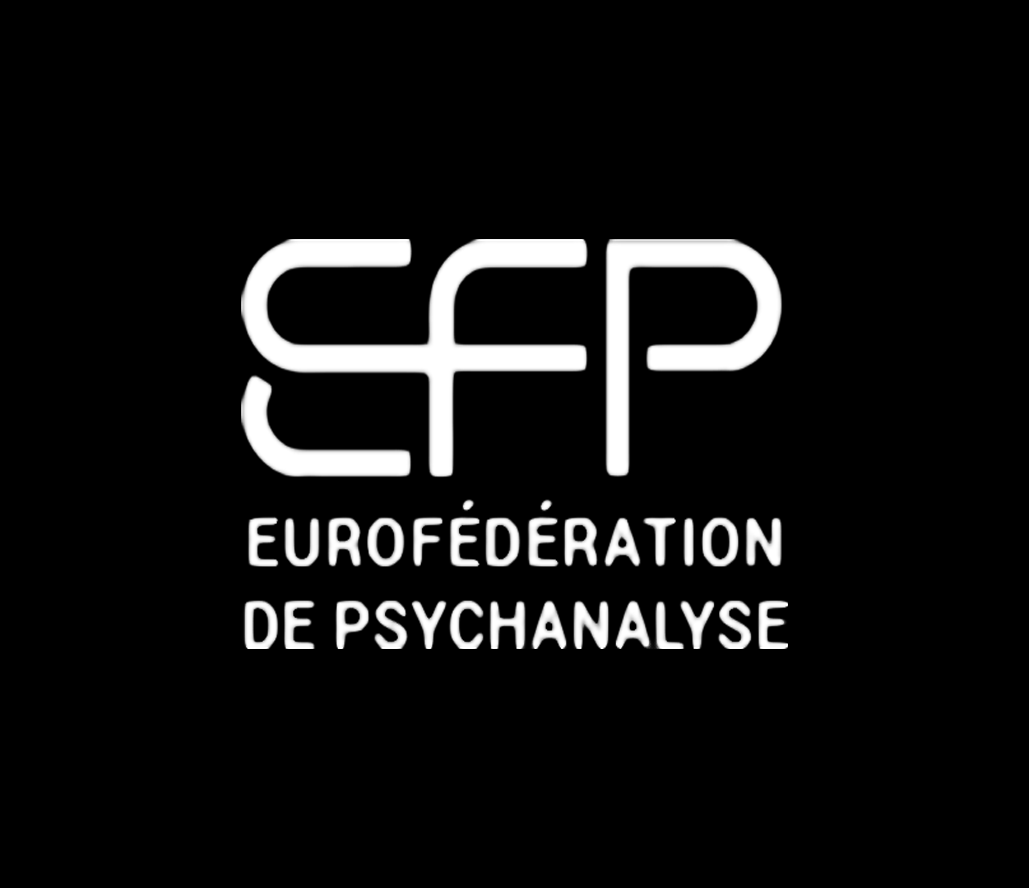
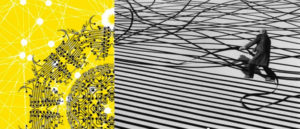
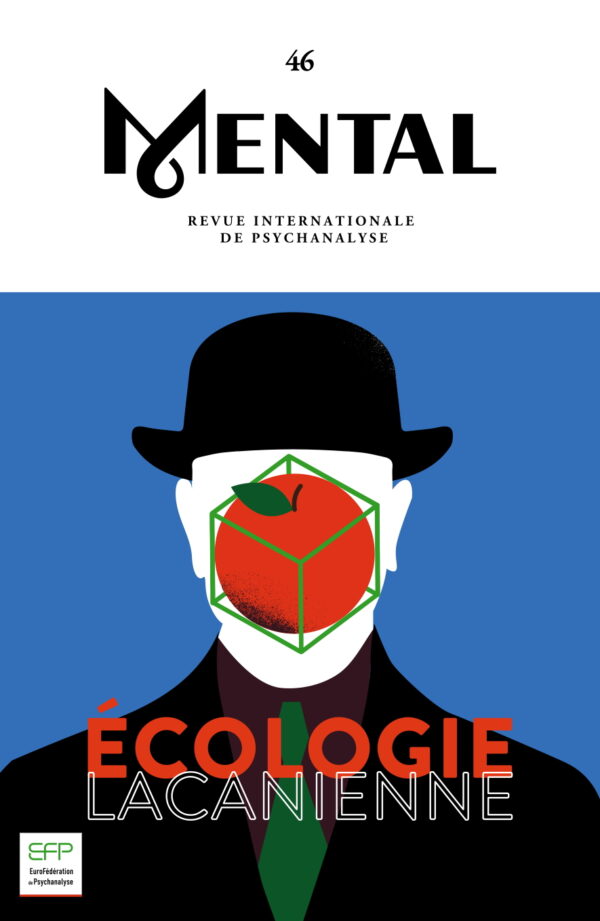

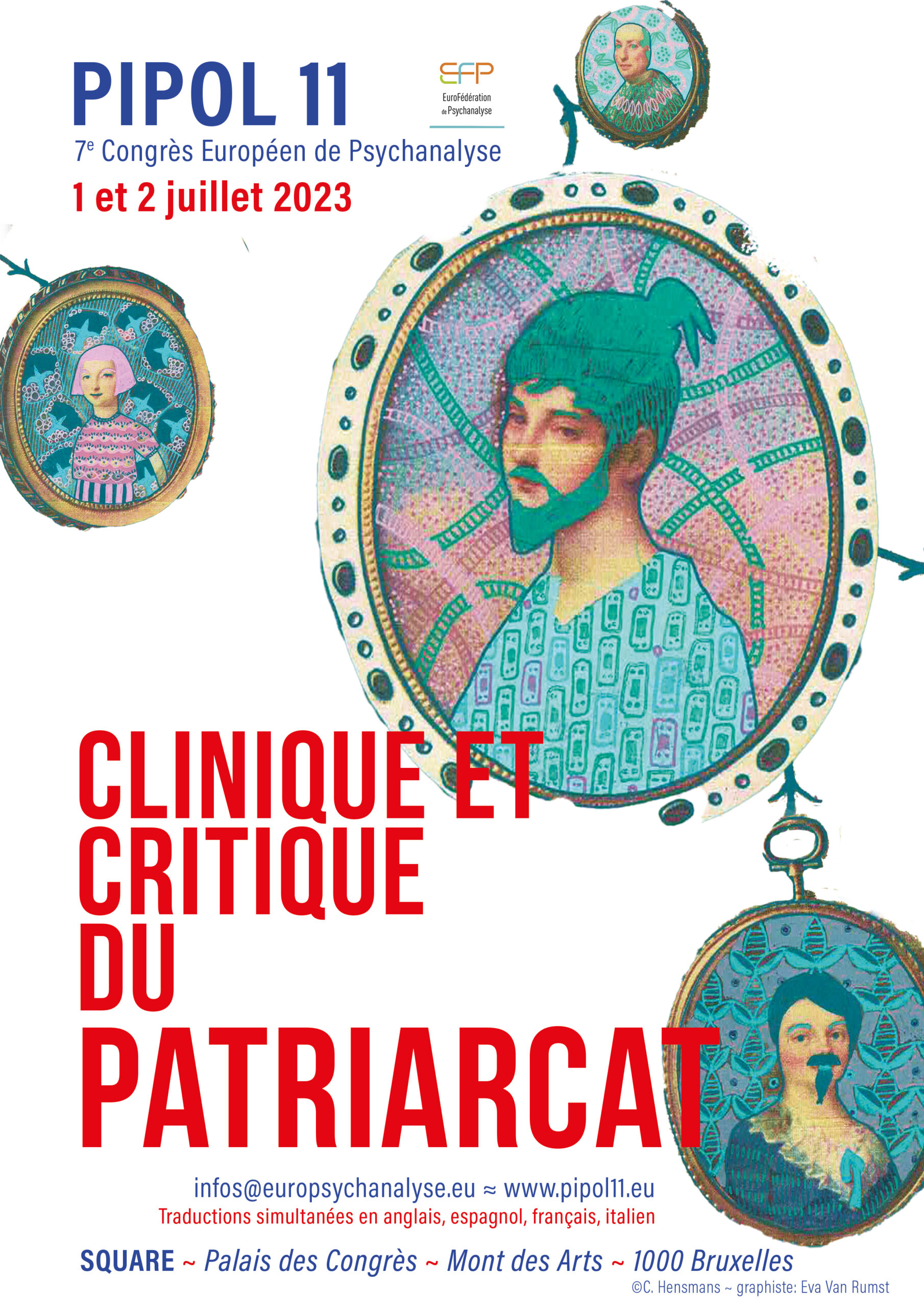
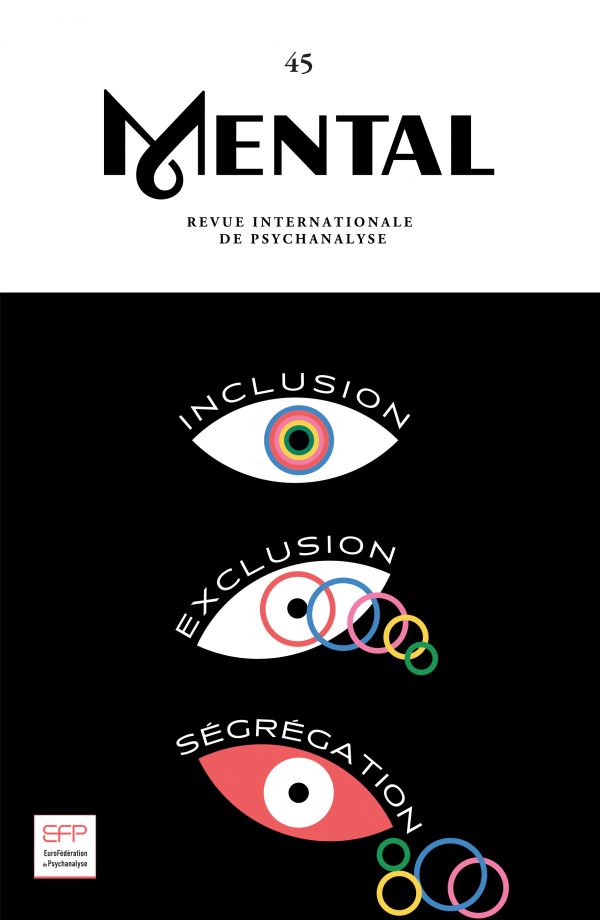

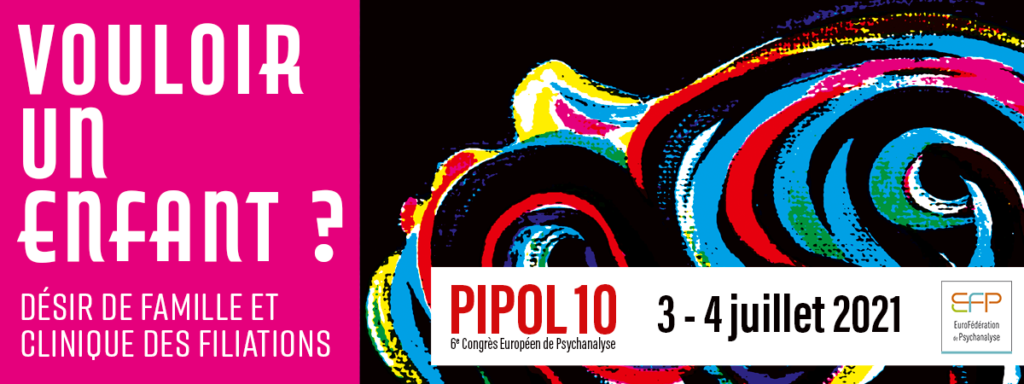
 Dès 1938 Jacques Lacan pose la famille humaine comme une institution
Dès 1938 Jacques Lacan pose la famille humaine comme une institution